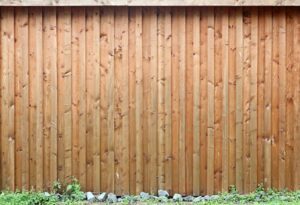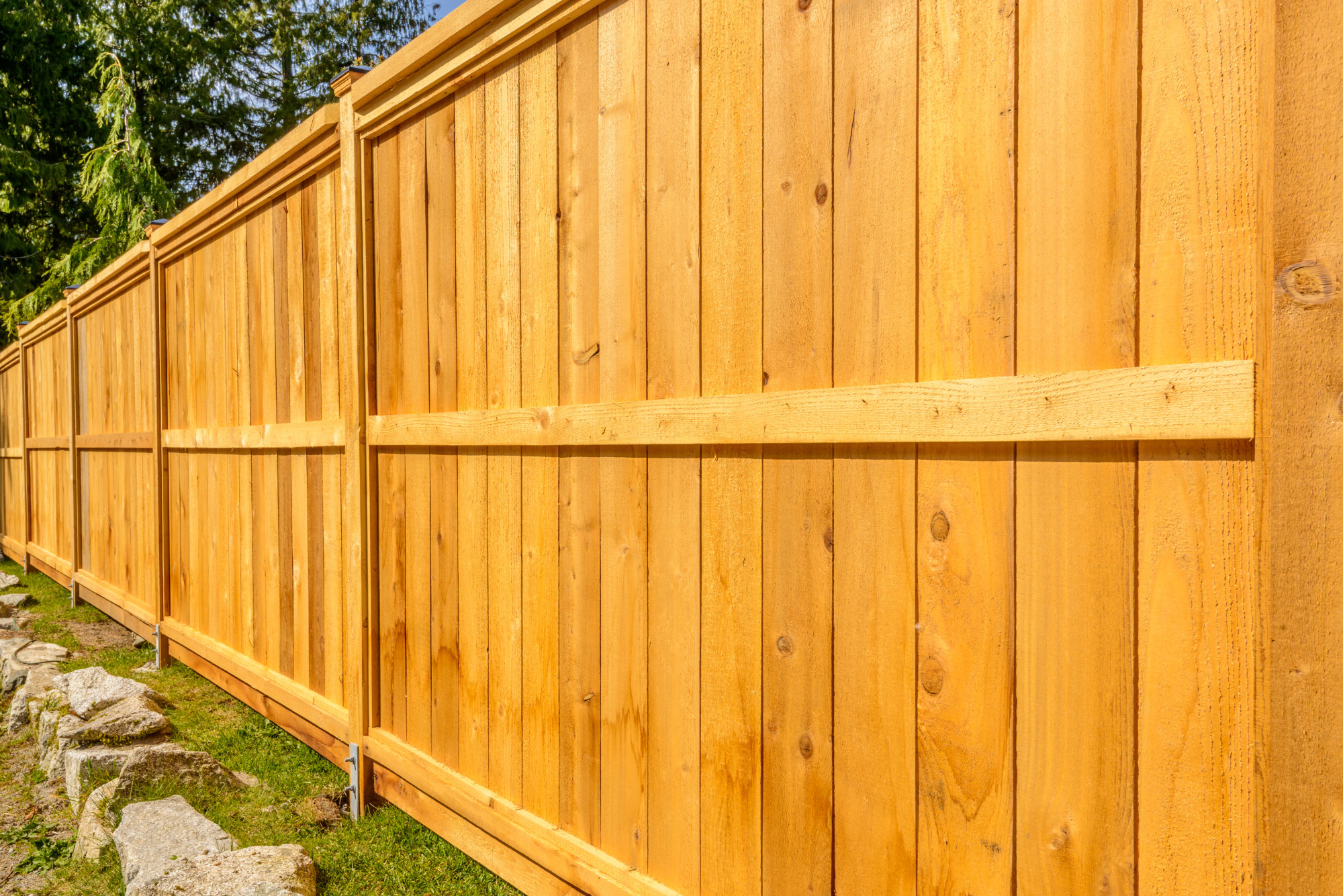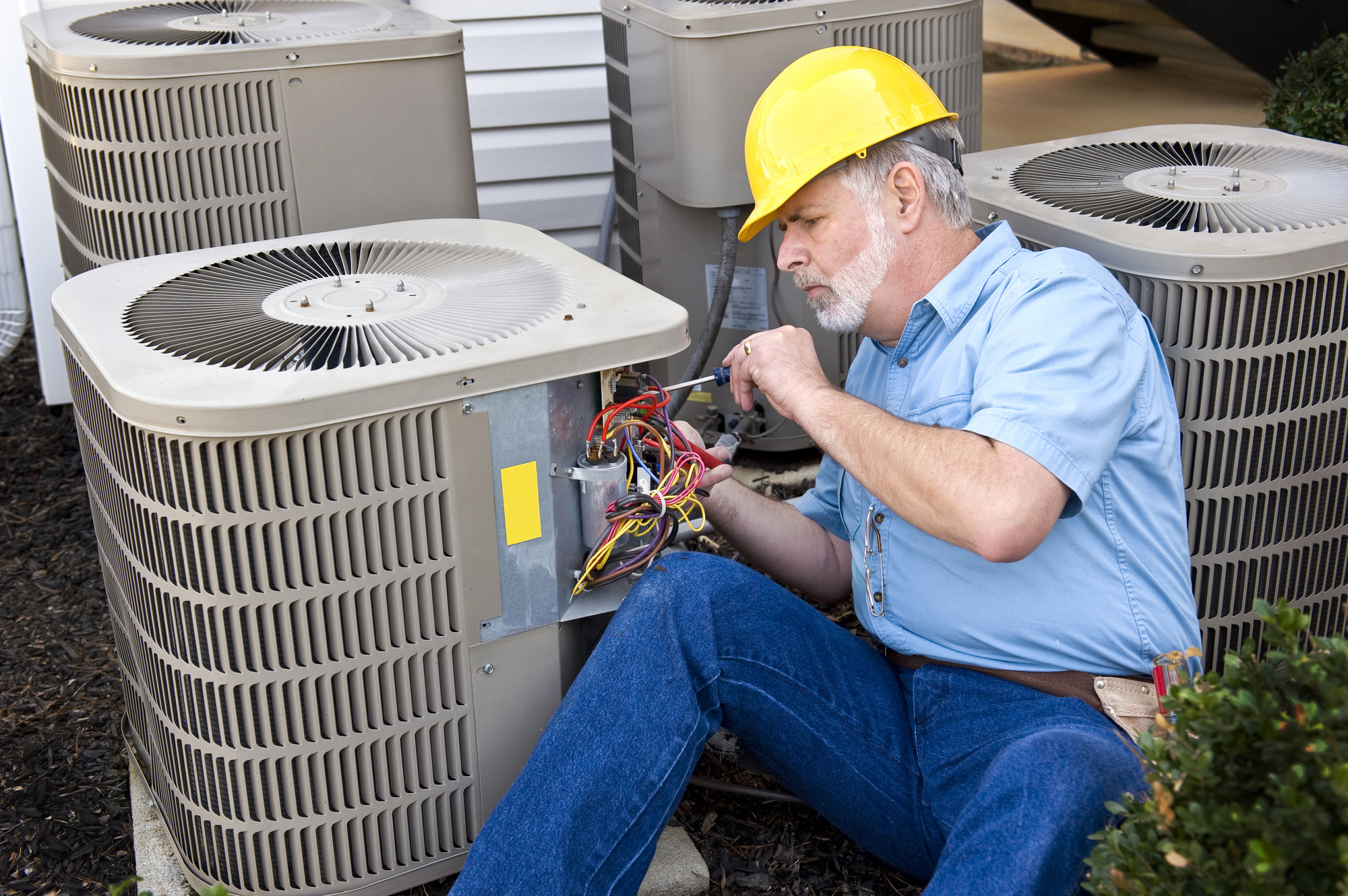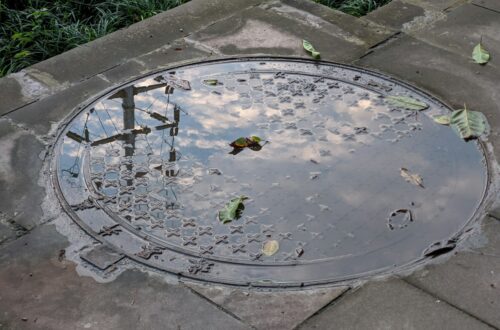Are you considering putting up a new fence but having difficulty deciding between a horizontal fence or a verticle fence? Keep reading to weigh the pros and cons of both of your options.
Near the end of 2020, interest in fence installation and repairs increased by 166 percent on leading home decor websites. Home renovation is fast becoming a top passion project for today’s homeowners.
Do you want to make a swimming pool area safe for the little ones in your family? Or perhaps you’re looking to highlight a cherished rockery garden? You won’t regret the investment no matter what you need a fence for.
Below, we give you the lowdown on choosing between a horizontal fence and a vertical one for your property.
What’s the Purpose of Your Fence?
When you boil it down to the basics, people construct fences to serve a purpose. They define the border of a property, whether it be residential or commercial.
Constructed for Strength
The construction parts are the same whether you install a vertical vs. horizontal fence.
You start by installing the fence posts. These vertical four-by-four chunks of lumber act as the strong backbone of your fence. If you’re installing a horizontal fence, space the posts close together.
Next, if you’re building a vertical fence, you need to add the fence stringers. Traditionally crafted from two-by-fours, they run along a fence’s top, bottom, and sometimes the middle.
Finally, if you’re using them, you need to affix the fence boards to the posts and stringers. This is where you can get creative with materials.
The Decorative Touch
Outside of the security they provide, landscapers and homeowners alike, fences enhance the look of a property.
A vertical and horizontal fence crafted of locally sourced sustainable timber will complement a garden full of native shrubs. Some people adorn their fences with vertical planters or use them as trellising for passionfruit and grapevines. You might want to add curb appeal to your home by building a nostalgic white picket fence.
For example, fence boards are usually made from new or quality upcycled wood, metal, or vinyl. Each of these materials is available in various styles, finishes, and patterns.

Vertical Fences: Pros and Cons
There’s a reason why vertical fences have been the fence style of choice throughout the past century. They’re private, strong, and simple to install.
Offers a Lot of Privacy
Vertical fence boards can be placed close together or in an overlapping arrangement. This offers homeowners more privacy than a horizontal fence because it’s more challenging to see through the gaps in the boards.
Installers have gravity on their side, so putting up a vertical fence is relatively easy and quick. (And this often means cheaper.) Of course, if you choose an overly complicated or custom design, the installation will take longer.
Vertical posts are also less likely to sag than their horizontal counterparts because the boards have more support from the posts and stringers.
They Can Look Dated
Sadly, while a vertical fence is practical, the style can look dated in today’s homes. Enclose a house of a particular vintage, such as an arts and crafts home or bungalow, in a vertical fence, and it will look great. The same for homes built in the past few decades can’t be said.
Vertical fencing is also more prone to weather damage than horizontal fencing. This is because the ends of the boards face upwards, getting a heavy hit from driving rain or sleet. Over time, and if not sealed well, the boards will start to deteriorate and require replacement.
Horizontal Fences: Pros and Cons
Horizontal fences are undeniably modern and look stunning alongside the right home. They can, however, present some challenges when it comes to the cost of materials and installation.
They’re Contemporary
Do you own a sleek new minimalist home? Are you renovating an original mid-century modern build? A horizontal fence might be just the design element you need to set off those clean lines and sharp angles.
Choose cleanly painted wood, wide steel beams, or vinyl siding in trending colors to emphasize the modern style of a horizontal fence.
Horizontal fences can make a property appear longer or wider than it is. This is great for the homeowner who wants to show off a large property or make their small property appear bigger.
They’re Often More Expensive
Horizontal fences can cost more than vertical fence due to several factors.
Because there is less support in the center of the fence boards, a horizontal fence is prone to sagging. You need to buy higher quality materials, which cost more. Since the fence posts are set closer together than vertical fencing, you’ll also need to shell out for about one-third more posts.
Finally, installers require more training to learn how to install horizontal fencing. The job is more demanding, takes more time, and requires more rigid materials than a vertical fence.
Fence Installation: Horizontal Fence vs. Vertical
Horizontal fence vs vertical fence cost can set you back thousands of dollars, depending on your choices. Home Advisor says the price for a simple wood fence ranges between $1,673 and $3,997.
To keep costs down, do your due diligence when deciding what kind of fence to install.
Check to see if there are any restrictions on property changes in your neighborhood (this is especially important for front yards). Research to understand all the permit requirements enforced by your local government. Visit hardware stores or consult a fence installation professional on the most suitable materials for your climate and home design.
Making the Right Choice
A horizontal and vertical fence can provide shade, security, and a sense of style to a residence. Whether you build a vertical vs. horizontal fence depends on taste, budget, and your home and lifestyle suitability.
Are you planning a residential landscaping project? Check out our other lifestyle articles on home renovation, DIY, gardening, and more!






